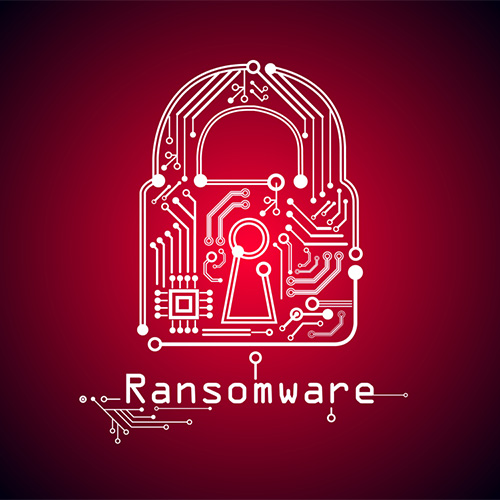
Cybercriminals are weaponizing deceptive “Latin” domain names—like @rnicrosoft.com—(for Microsoft.com) to impersonate trusted brands through subtle typography swaps. Unless you see to it properly you’ll read it as ’m’ instead of ‘rn’. By replacing “m” with “rn” or using similar homo-glyph characters, attackers craft domains nearly indistinguishable from legitimate ones.
Known as evil-kerning or homoglyph attacks, these tricks easily bypass basic filters, slipping into inboxes where a single click can trigger credential theft, malware infiltration, or ransomware outbreaks.
Attackers exploit Unicode and nuanced character spacing to register visually identical domains that evade standard pattern matching.
Cheap, loosely regulated domain registries further enable this impersonation economy.
Without advanced normalization and inspection, even trained users struggle to detect such fakes.
To counter these kinds of phishing one needs Layered Counter-measures by
· Training & Awareness: Regular phishing simulations and awareness workshops help employees recognize deceptive domains and suspicious requests, building a “human firewall.”
· Email Filtering & Firewalls: Deploy AI-based email gateways with Unicode normalization, reputation scoring, and real-time blocking of newly registered domains. Restrict access to non-approved external web-mail.
· XDR Integration: Unified detection across endpoints, networks, and cloud environments enables swift automated responses to phishing or domain abuse.
· DMARC, SPF & DKIM: Enforce sender-domain authentication and reject spoofed mail, maintaining strict, continuously updated policies.
A resilient defense blends technology, vigilance, and enforcement, ensuring organizations stay ahead of evolving domain-spoofing threats.
See What’s Next in Tech With the Fast Forward Newsletter
Tweets From @varindiamag
Nothing to see here - yet
When they Tweet, their Tweets will show up here.



























